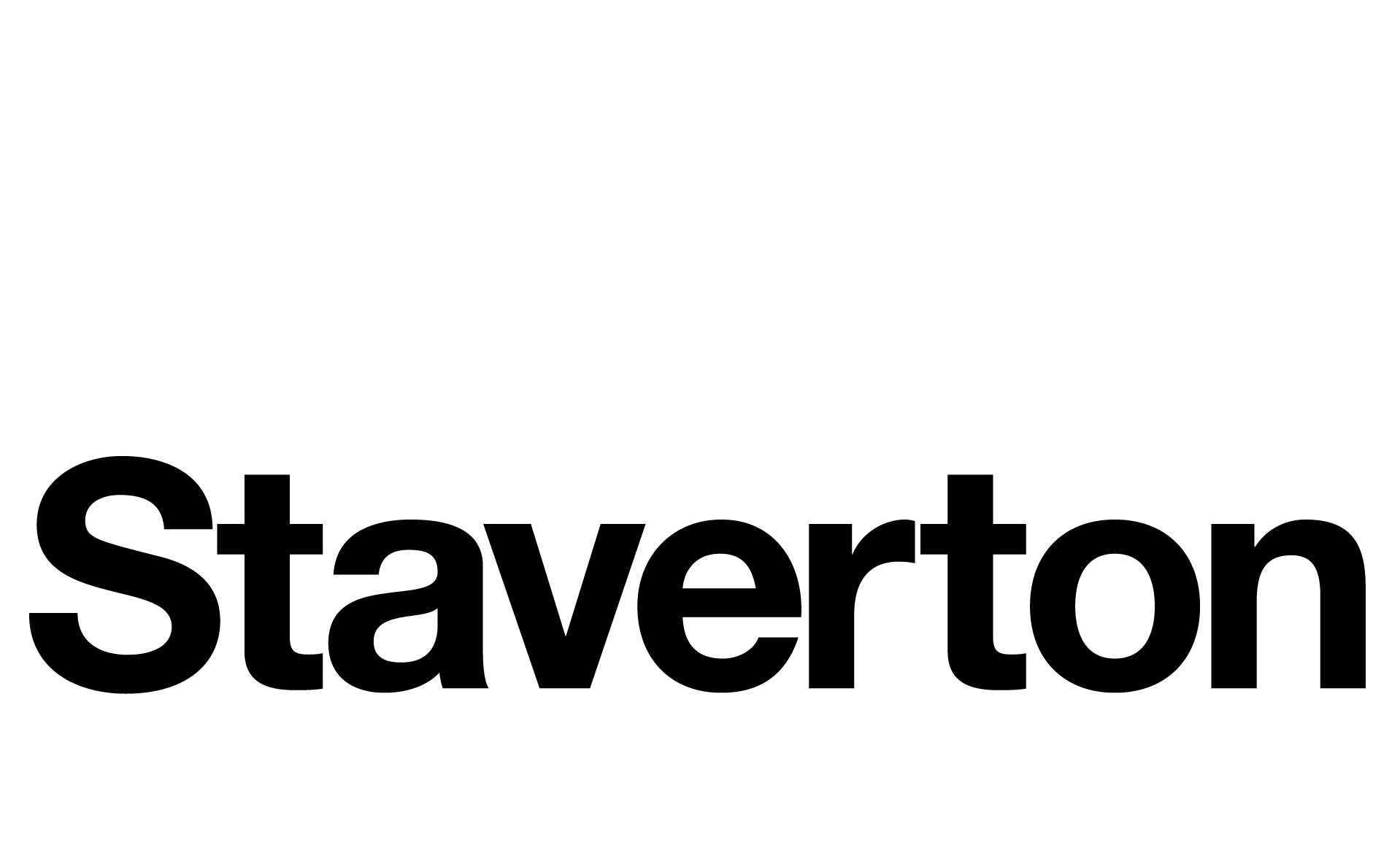Staverton is a British designer & manufacturer of contemporary office furniture.
Call us today: +44 (0)20 3794 1200
©2025 Staverton (UK) Ltd | Terms | Disclaimer | Cookies | Privacy
![]()
In today's fast-paced work environment, maximizing workspace efficiency has become a critical concern for professionals across various industries. According to a report by the International Facility Management Association, optimizing office layouts can enhance productivity by up to 30%. The choice of a Desk Table plays a pivotal role in this optimization, as a well-designed workspace can significantly reduce clutter, improve ergonomics, and foster creativity.

A survey conducted by the Workspace Research Institute found that 72% of employees believe that an ideal desk setup positively impacts their focus and job satisfaction. Whether you are setting up a home office or redesigning a corporate workspace, selecting the perfect Desk Table is essential for creating an environment that encourages productivity and collaboration. This guide aims to equip you with valuable insights and practical tips to make an informed decision when choosing the Desk Table that best meets your needs.
When selecting the perfect desk table, it’s essential to consider the various styles and functions available in the market. There are several types of desks tailored for different needs, such as ergonomic desks designed for comfort during long working hours, standing desks that promote movement, and minimalist desks ideal for small spaces. Each type poses unique advantages, making it crucial to assess your priorities—whether it be aesthetics, functionality, or health benefits.
**Tips:** To maximize comfort, choose a desk that allows for a proper ergonomic setup, ensuring your posture is supported while working. If flexibility is key, consider a height-adjustable desk that accommodates both sitting and standing positions. Additionally, think about the layout of your workspace; a corner desk can optimize space in a smaller area while providing ample surface area for your tasks.
Another aspect to consider is the material of the desk. Wood offers a classic look and durability, while metal provides a modern edge and sturdiness. Also, don’t underestimate the importance of storage options; desks with built-in drawers or shelves help keep your workspace organized and clutter-free, promoting efficiency while you work.
When selecting the ideal desk table, prioritizing ergonomic design is crucial for enhancing comfort and productivity. Research from the Occupational Safety and Health Administration (OSHA) indicates that poor ergonomic practices can lead to musculoskeletal disorders, affecting approximately 1.8 million workers annually. By integrating ergonomic principles into desk design—such as adjustable heights, supportive surfaces, and optimal screen placement—employees can significantly reduce discomfort and improve overall work satisfaction.
Studies have shown that an ergonomic workspace can boost productivity by up to 15%. This increase can be attributed to factors such as reduced fatigue, improved posture, and the ability to maintain focus without distraction caused by physical discomfort. For example, desks that allow for sit-stand adjustments encourage movement and help mitigate the risks associated with prolonged sitting, a growing concern in today’s sedentary work culture. Investing in furniture that prioritizes ergonomics not only safeguards employees' health but also fosters a more efficient and engaged workforce, aligning with modern business needs.

When it comes to maximizing workspace efficiency, the size of your desk plays a crucial role. A desk that is too small can lead to clutter and disorganization, making it difficult to focus on tasks at hand. Conversely, an oversized desk may take up valuable space and create an overwhelming environment. Striking the right balance in desk size can enhance productivity by providing ample surface area for work materials while allowing enough room for movement and comfort.

Moreover, the layout of the workspace is equally important. Positioning the desk in a way that promotes natural light and reduces distractions can significantly impact efficiency. A well-placed desk encourages a more fluid workflow, allowing for easy access to resources without feeling cramped. Additionally, considering the overall aesthetic and organization of the workspace can help in creating a conducive environment for concentration and creativity. Ultimately, by carefully selecting the right desk size and optimizing its placement, individuals can create an efficient workspace that enhances their productivity.
When selecting the perfect desk table, material choice is pivotal, not only for durability but also for aesthetics. Reports from the Office Furniture Manufacturers Association indicate that about 75% of office workers believe their workspace environment affects productivity. Thus, selecting materials that enhance both the look and resilience of a desk can significantly impact workflow and creativity.
Wooden desks, particularly those made from hardwoods like oak or maple, are often lauded for their durability and natural beauty. According to research from the National Wood Flooring Association, solid wood can last for generations, making it a wise investment for a workspace that seeks longevity without compromising style. On the other hand, modern options like metal and glass are gaining popularity for their sleek designs and minimalist appeal. A survey by the International Interior Design Association revealed that 68% of respondents prefer contemporary materials as they create a modern feel, promoting an innovative atmosphere in workspaces.
Ultimately, the choice of desk material should align with personal style and the desired workspace environment, keeping in mind that a well-chosen desk not only withstands the test of time but also enhances the overall aesthetic of the office.
| Material | Durability (Years) | Maintenance Level | Aesthetic Appeal | Price Range ($) |
|---|---|---|---|---|
| Wood | 15-30 | Medium | High | 200-1200 |
| Metal | 20-50 | Low | Medium | 150-800 |
| Glass | 10-20 | High | Very High | 300-1500 |
| Laminate | 5-10 | Medium | Low | 100-500 |
| Bamboo | 10-25 | Low | High | 200-700 |
The integration of smart technology into desk design is transforming workspace efficiency by enhancing workflow and productivity. As more companies look to optimize their operations, reports indicate that 85% of Fortune 500 companies leverage AI solutions to stay competitive. The application of these technologies extends beyond mere automation, facilitating dynamic scheduling systems and smart resource allocation. This is particularly evident in industries such as hospitality, where AI-driven approaches are being adopted to enhance guest satisfaction while maintaining operational efficiency.
Moreover, as we look toward the future, the latest trends in desk design emphasize the importance of adaptability and functionality. For instance, innovations like rollable display technology and voice-activated controls are redefining traditional desk layouts. The growing demand for such versatile solutions is highlighted in industry analyses projecting that smart office technology will significantly influence workplace design and employee engagement over the next decade. As businesses continue to embrace these advancements, the choice of desk table will increasingly reflect not just aesthetics but also strategic functionality that supports enhanced workflows.
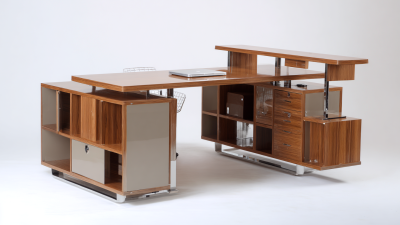
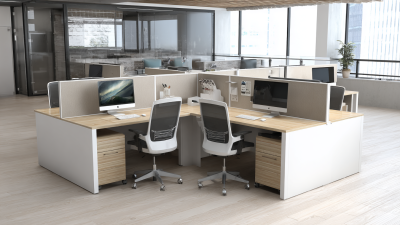

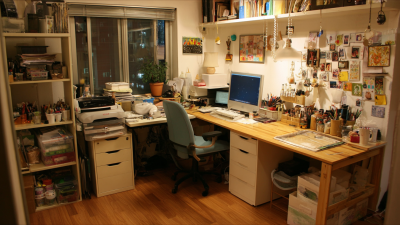

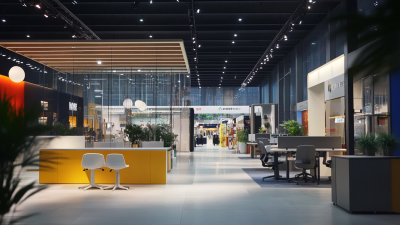
Staverton is a British designer & manufacturer of contemporary office furniture.
Call us today: +44 (0)20 3794 1200
©2025 Staverton (UK) Ltd | Terms | Disclaimer | Cookies | Privacy
![]()
Please enter your details below to access the design files.
Please enter your details below to access the design files.
Please enter your details below to access the design files.
